FEATURED
Understanding Ston.Fi; A deep dive into TON’s largest DEX
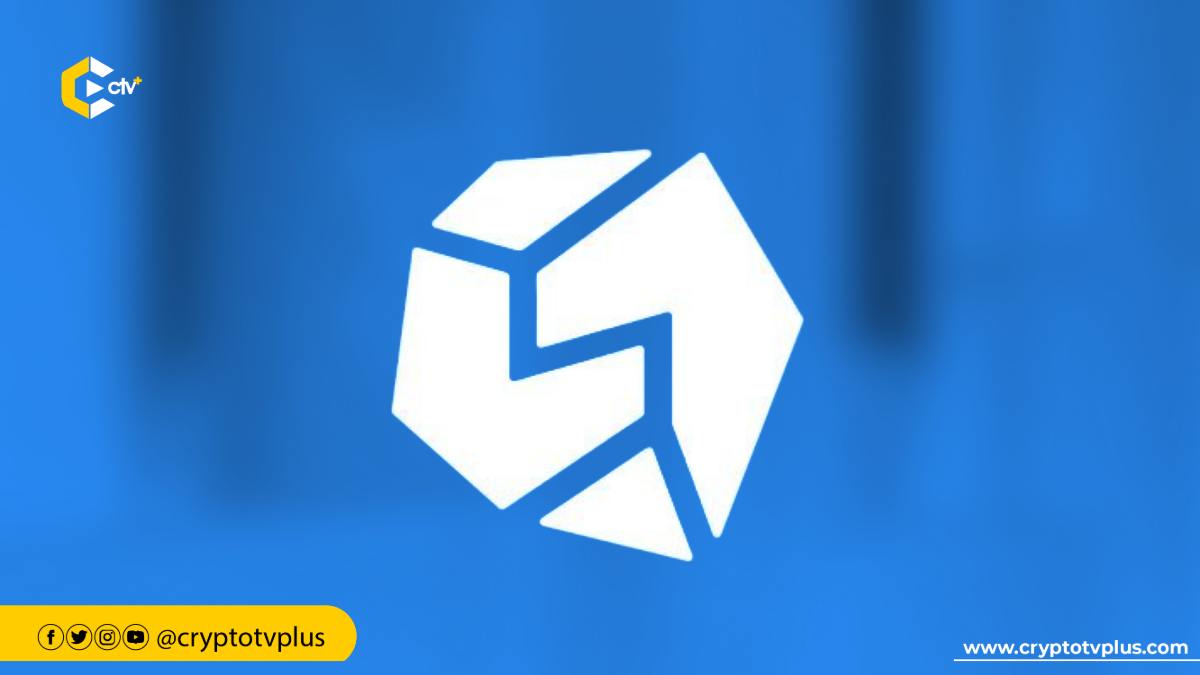
Ston.Fi is a decentralized exchange on The Open Network (TON) blockchain, allowing users to trade digital assets with enhanced security and without a central authority. This ensures users retain full control over their funds and private keys. In terms of total value locked (TVL), Ston.Fi is the leading DEX on the TON blockchain.
STON.fi addresses the issue of swapping assets across different blockchains by utilizing a Request for Quote (RFQ) DeFi protocol combined with Hashed Timelock Contracts (HTLC). This approach eliminates the need for additional layers, intermediaries, or third parties, resulting in faster and safer transactions.
In an RFQ-based protocol, traders request to swap a certain amount of one asset for another by sending an RFQ to Professional Market Makers (PMMs). The PMMs respond with quotes that include the swap rate and conditions. The protocol then selects the best quote based on set criteria and completes the swap for the trader.
HTLC protocols, also known as “Atomic swaps,” ensure that either both parties in the trade receive their assets, or the exchange fails entirely. If an issue arises or someone behaves improperly, the transaction is canceled, and all parties get their assets back.
The HTLC-based solution offers several key advantages. It eliminates the need for additional trusted entities, allowing participants to maintain full control and ownership of their funds without intermediaries. This approach also prevents accidental permanent loss of funds, as users always have control over their assets, which are never blocked in a middleman protocol.
The protocol ensures guaranteed rates for transactions, providing transparency and eliminating unexpected fees. This enables users to predict transaction costs confidently. Furthermore, by removing the need for Know Your Customer (KYC) procedures, the solution facilitates fast and predictable transaction times, with each transaction having a set execution time based on the specific blockchain network.
Core Features
Amongst the many features on Ston.Fi, here are the most significant as the team hints at more upgrades:
Swapping TON-based tokens
Swapping in cryptocurrency involves exchanging one digital asset for another without first converting it into fiat currency. This is typically done through decentralized exchanges (DEXs) or specialized swapping platforms, enabling direct trades between users.
On Ston.Fi, users can swap $TON for various TON-based tokens. The images below showcase some of the tokens available for exchange.
When users trade tokens on STON.fi, they interact with liquidity pools, which can lead to price changes and slippage. A trading fee is also applied.
For basic swaps, the trading fee is 0.3%. Out of this fee, 0.2% rewards the liquidity providers by increasing the pool size, while 0.1% supports the STON.fi protocol.
Liquidity provision
Users can earn interest by providing liquidity to over 400 pools on Ston.Fi. Projects whose tokens are traded on Ston.Fi seek larger pools to enable bigger trades. To encourage this, they set up farms on the platform, offering token rewards to liquidity providers.
Participants earn a share of these rewards based on their contribution to the pool. The more they contribute, the greater their rewards. To start earning, users simply need to provide liquidity, stake the LP-tokens they receive, and rewards will automatically be added to their accounts.
How to provide liquidity and earn on Ston.Fi
- Open the Liquidity provision section of Ston.Fi
- Select from the over 400 pools available. An example is the TON/USDT pool.
- Click on “Add Liquidity”
- Connect your wallet and add liquidity
Once completed, all rewards will be sent to wallet and the owner of the wallet can withdraw them at any time. They can also remove their liquidity at anytime.
Stake STON
Staking in Web3 involves locking up cryptocurrency tokens to support the operations and security of a blockchain network, especially those using a Proof of Stake (PoS) consensus mechanism. By staking their tokens, users enhance the network’s integrity, validate transactions, and bolster security, while earning rewards.
On Ston.Fi, users can stake $STON, the primary token of the DEX, to gain DAO voting power with ARKENSTON and receive GEMSTON, which can be transferred, traded, or held. STON tokens are locked for a period ranging from 3 to 24 months.
ARKENSTON, one of the staking rewards, is a governance token that grants users the right to participate in decision-making for the STON.Fi protocol. These tokens are issued as non-transferable NFTs on the TON Blockchain.
GEMSTON, the second reward, is an engagement token that encourages active participation in the STON.Fi protocol. GEMSTON tokens are fungible and can be freely transferred, traded, or held according to the staker’s preference.
Here’s how to stake STON on Ston.Fi:
- Visit the staking site on Ston.Fi and connect a wallet.
- Enter the amount of $STON to stake and the duration.
- Sign wallet permission and the staking procedure is set.
At the end of the staking period, a smart contract allows the user to unstake tokens. Upon
unstaking the governance tokens becomes inactive.
Tokens on Ston.Fi
The primary token of Ston.Fi is $STON, It is used for governance, paying gas fees, and other transactions on the platform. Additionally, the protocol introduces two special tokens: Arkenston, a soul-bound non-fungible governance token, and Gemston, a tradable fungible engagement token.
Ston.Fi Grant Program
The STON.fi grant program supports DeFi projects that integrate the STON.fi SDK. It offers up to $10,000 in USDT for tasks like coding, debugging, and testing. The program is open to developers at any stage, from concept to development, and covers a variety of applications, including wallets, exchanges, and games.
Applicants must show technical viability, a clear integration plan, and meet legal standards. The process requires submitting a detailed application, with a focus on collaboration with the STON.fi team and community
STON.fi tokenomics
The STON token is integral to the protocol, powering the system and enabling holders to participate in decision-making through long-term staking. The token has a limited supply of 100 million.
Over time, some tokens will be burned to reduce the total supply, potentially increasing the value of the remaining tokens, according to STON.fi. Holding $STON tokens can offer benefits like reduced fees, as determined by community voting.
Half of the 100 million STON tokens are allocated to the STON.fi DAO, funding community initiatives, marketing, and other operations. The remaining tokens are distributed among the team and advisors (19%) and early investors (31%).
The STON.fi DAO allows members to propose and vote on significant protocol changes, such as adding new assets or blockchains and updating features. These democratic decisions ensure the protocol adapts to market needs while maintaining transparency.
Under the deflationary model, the protocol will regularly buy back STON tokens using collected fees and burn a portion of them.
Future Roadmap
Since its inception in November 2022, STON.fi has made significant strides. They’ve established numerous partnerships and integrated with various projects within the TON ecosystem.
The community has grown substantially, now boasting over 80,000 active members who engage in discussions, provide feedback, and support STONfi’s development. Additionally, they launched an incentives program, attracting around 40,000 participants to interact with their Telegram bot.
Looking ahead, STONfi has outlined its future across five distinct phases. In Phase 1, they will enable direct swaps between TON and TRON USDT, eliminating the need for bridges or wrapped tokens.
Phase 2 will integrate additional blockchain networks, including Polygon and other EVM chains, into the STON.fi DEX protocol. The third phase involves implementing a comprehensive cross-chain protocol that facilitates operations with any assets from the integrated networks.
In Phase 4, they will introduce a user-friendly Telegram bot to facilitate cross-chain transactions directly through Telegram. Finally, Phase 5 will introduce margin trading, allowing users to trade assets using borrowed funds from an Automated Market Maker (AMM), with the traded assets serving as collateral.





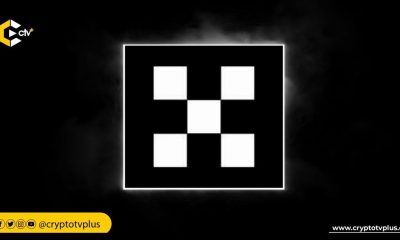

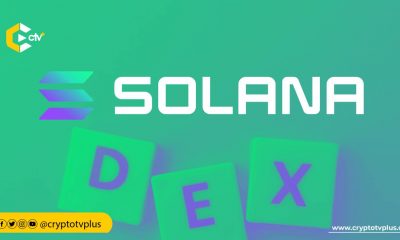



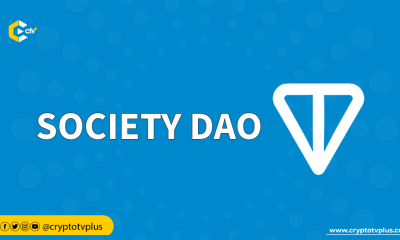

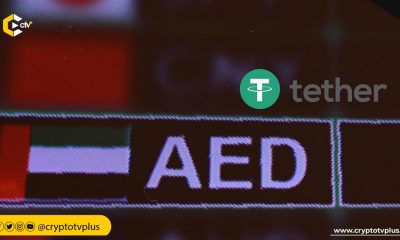



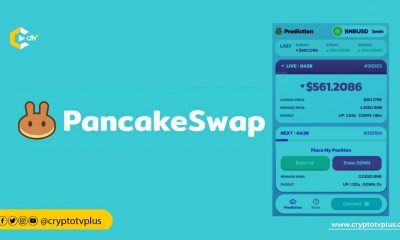

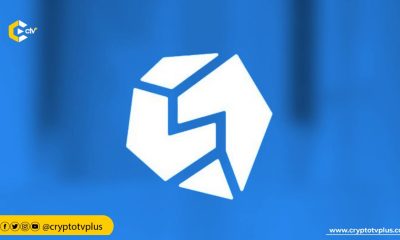





Pingback: ARB-based DEX Just Partnered With Telegram: What's Next?
Pingback: How to Participate in the CATS Airdrop and Earn Tokens Through Telegram
Pingback: Discover Decentralized Exchange (DEX) on TON Now
Pingback: How to Participate in the Hottest Crypto Airdrop Now